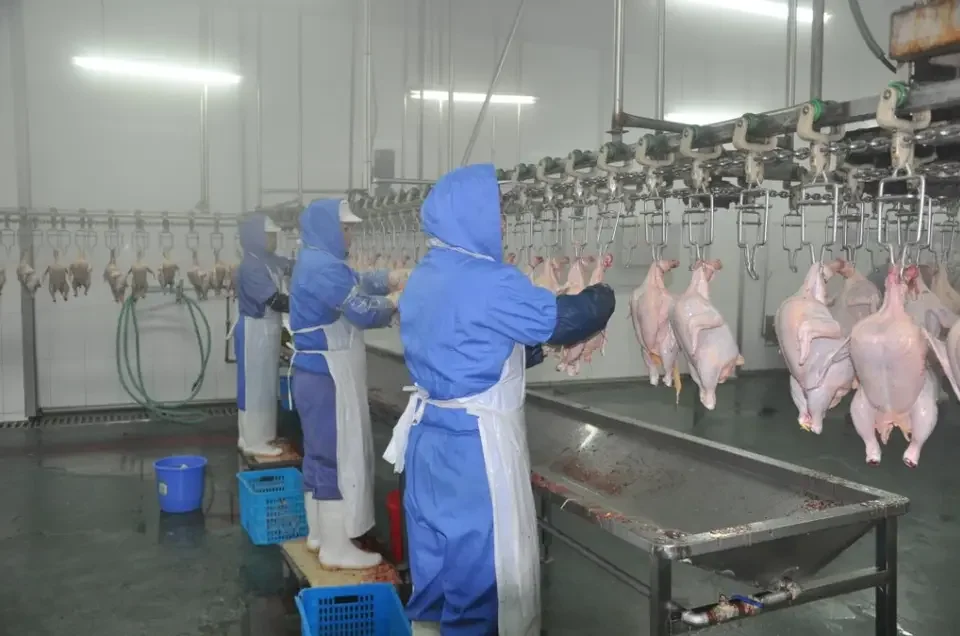Understanding the Cage System for Poultry Farming Practices and Welfare Standards
Nov . 05, 2024 23:01 Back to list
Understanding the Cage System for Poultry Farming Practices and Welfare Standards
The Cage System in Poultry Farming An Overview
The cage system in poultry farming, particularly in the production of eggs, has been a prevalent practice for many years. It is designed to optimize space, enhance productivity, and streamline management processes. While the system has offered various advantages to farmers, it has also raised concerns regarding animal welfare, sustainability, and public perception.
Cage systems vary in design but typically involve housing hens in controlled environments where they have limited space to roam. The most common type is the battery cage, where multiple hens are kept in small individual enclosures. These cages are stacked in rows, allowing farmers to house large numbers of birds in a compact area. The primary goal of using such systems is to maximize egg production while minimizing operational costs. This method enables quick feeding and egg collection, along with reducing the risk of disease spread.
The Cage System in Poultry Farming An Overview
However, the cage system has come under intense scrutiny from animal welfare advocates and consumers alike. Critics argue that confinement in small spaces denies hens their natural behaviors, such as nesting, foraging, and socializing. The welfare concerns are even more pronounced in battery cages, where the space available for each hen is usually less than a standard sheet of paper. This lack of space can lead to stress, aggression, and health problems among the birds, raising ethical questions about animal husbandry practices.
cage system poultry

In response to growing public concern, some countries and regions have started to implement regulations that restrict or ban the use of battery cages. For instance, several states in the U.S. and nations in Europe have adopted laws favoring cage-free systems, allowing hens more freedom to move and exhibit natural behaviors. This shift not only reflects changing consumer preferences but also a broader trend towards more sustainable and ethical farming practices.
Transitioning to cage-free systems poses its challenges. While these systems can improve the welfare of hens, they may also lead to increased production costs and require more space and resources. Farmers must carefully evaluate the economic implications of such a transition, balancing animal welfare with the need for profitability.
As the discourse around farming practices evolves, innovations in poultry farming are emerging. Alternative systems such as enriched cages, which provide more space and amenities for the hens, are being explored as a compromise between the traditional battery cage and free-range setups. These enriched cages can include perches, nesting boxes, and scratching areas that allow for some natural behaviors while still providing the efficiency that farmers desire.
In conclusion, the cage system in poultry farming presents a complex interplay between efficiency, productivity, and animal welfare. As the industry moves towards more sustainable practices, the future of poultry farming may see a significant shift away from traditional cage systems. The challenge will be to find a balance that meets the needs of consumers, respects animal welfare, and supports farmers’ livelihoods. Ultimately, the evolution of the cage system reflects broader societal values regarding food production, sustainability, and respect for animal life.
-
Hot Sale 24 & 18 Door Rabbit Cages - Premium Breeding Solutions
NewsJul.25,2025
-
Automatic Feeding Line System Pan Feeder Nipple Drinker - Anping County Yize Metal Products Co., Ltd.
NewsJul.21,2025
-
Automatic Feeding Line System Pan Feeder Nipple Drinker - Anping County Yize Metal Products Co., Ltd.
NewsJul.21,2025
-
Automatic Feeding Line System - Anping Yize | Precision & Nipple
NewsJul.21,2025
-
Automatic Feeding Line System - Anping Yize | Precision & Nipple
NewsJul.21,2025
-
Automatic Feeding Line System-Anping County Yize Metal Products Co., Ltd.|Efficient Feed Distribution&Customized Animal Farming Solutions
NewsJul.21,2025






